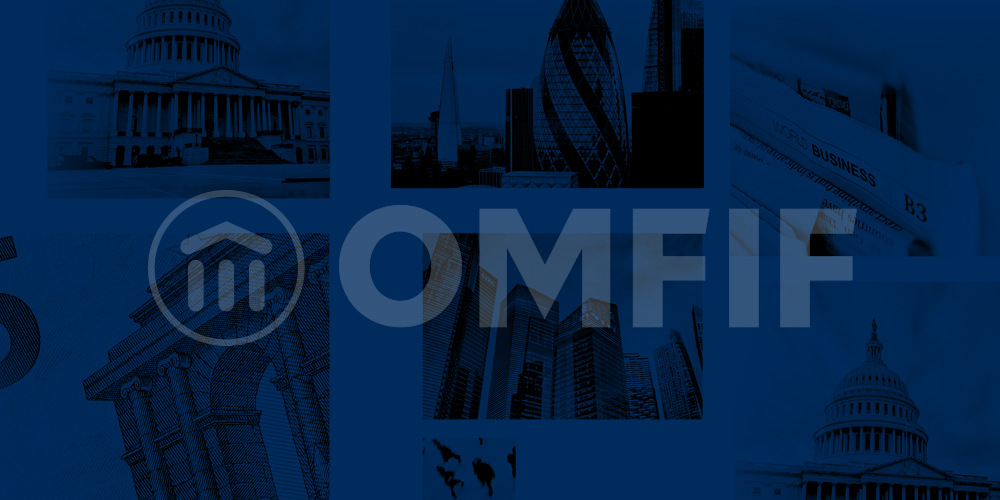Infrastructure development in Zambia is a recurrent political issue. It is also a powerful tool for swaying public opinion, as demonstrated by the popularity of the late President Michael Sata, who spearheaded infrastructure development during his time in office. However, despite its importance to economic growth, it is contentious. Past projects are associated with high costs, opaque tender processes and rising public debt. These issues are exacerbated by China’s role in funding Zambian infrastructure projects. In a nation that emerged out of colonialism, fears of its reoccurrence in a different form are well founded.
Zambia’s links with China blossomed under founding father Kenneth Kaunda, owing to ideological similarities between Maoism and the southern African country’s revolutionary independence movements. Sino-Zambian infrastructure co-operation began in the form of the Tanzania-Zambia Railway Authority in the 1970s, linking Dar Es Salaam’s ports to Kapiri Mposhi in central Zambia. Kaunda and Tanzania’s inaugural president, Julius Nyerere, faced criticism from western donor nations for accepting ‘red money’ during a period of intense cold war rivalry within Africa between client states of the Soviet Union and the Western alliance. These same critics, however, offered no alternative funding solutions for the project, resulting in Zambia continuing to accept Beijing’s support.
The tension between development and debt dominates in Zambia, and the two issues in many cases lead back to China. Pro- or anti-Chinese sentiment is arguably a partisan issue. Members of the ruling Patriotic Front under Edgar Lungu, are more supportive of Chinese investment than the opposition, which has raised concerns over Chinese influence and public debt.
The PF is reliant on Chinese creditors and development to fulfil its campaign promises to build everything from hospitals to roads. However, questions over funding, unreasonable costs and corruption plague almost every aspect of the country’s expansive infrastructural programme. As a result, Zambia’s debt has become politicised, with supporters of the incumbent stressing the necessity of development, regardless of the long-term cost. This mantra is best demonstrated by a snapshot of Zambia’s current debt. When the incumbent party won the 2011 election, external debt was 15% of GDP. In under a year, it more than doubled to 34.2%. The national debt to GDP ratio stood at 35.5% in 2012, reaching a high of 68.4% in 2016. As of 2017, it is at 55.6%. The PF was also at the helm during a eurobond spree, raising $750m in 2012, $1bn in 2014 and $1.25bn in 2015. In September this year, the bonds suffered their biggest fall since November 2016. Repayments commence in 2022.
Zambia’s external debt is $9.4bn, but there are doubts about the veracity of this figure. Bank of America analysts argue it could be higher, as the country has received more loans than its external debt numbers show. Finance Minister Margaret Mwanakatwe says at least one-third of the debt is owed to China. According to former Finance Minister Alexander Chikwanda, Mwanakatwe will have to find at least $1bn next year for debt servicing alone. With costly infrastructure projects underway, this will be no easy feat. She is trying to resuscitate the International Monetary Fund aid programme that collapsed in August 2018. This seems improbable, given this administration’s spending habits. This situation forces Zambia to keep going back to China for help, creating a cycle of debt-related dependency.
Much of the furore around Chinese credit relates to the government’s use of state-owned electricity provider Zesco as collateral on a recent loan from China. Although various cabinet members have argued they can restructure the loan, the option of using nationalised service providers as collateral for future loans is precarious. If the PF can continue to build infrastructure at any cost, they have strong chances of staying in power.
The borrowing-building cycle will create more debt for future generations and may lead to ceding key parastatals to China. In the long run, the more Zambia turns to China, the more asymmetrical the relationship becomes and the less control it will have over national affairs. Much like the Tazara project of the 1970s, when the West does not step in, Beijing will fill the vacuum, tightening its grip over a largely forgotten pocket of the world.
Max Roch is Research and Policy Analyst at OMFIF.
